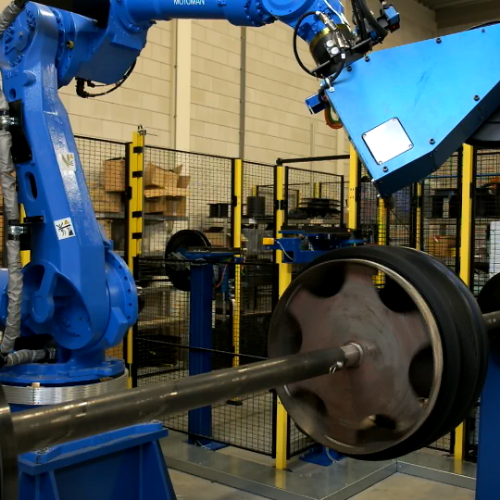Stick
TIG
MIG
FCAW
There are multiple names utilized for the same process in welding since they have grown to be commonly accepted slang terms. It does not matter whatever you refer to it as, if you understand these are same. Permit me to explain.
Stick welding is really a slang term for “Shielded Metal Arc Welding” which is commonly abbreviated, or known as, as “SMAW”. The slang term comes from the rod which is used because it is looks like a stick. This is the procedure that uses a power source who makes constant amperage to make an arc. This sort of welder utilizes a rod, or electrode, made of metal with a flux coating externally that protects the weld area in the air as the rod is burning. SMAW is usually used in area of because it is a practical welding method that is cheap, works well of all metals, and enables welding thick materials. Labeling will help you a fantastic joining process for the majority of industrial construction needs. SMAW is additionally the most basic way of welding that’s taught from the majority of schools as foundation to learning other kinds of metal joining processes.
TIG welding, or TIG, is definitely an abbreviation for “Tungsten Inert Gas” but its proper name is “Gas Tungsten Arc Welding” commonly abbreviated and termed as “GTAW”. Back in the day, before be generally known as “HeliArc”. GTAW is a joining technology which utilizes a consistent current power supply exactly like Stick welding. What changes is the way filler metal is deposited in the joint. TIG uses a torch with a piece of tungsten to create an arc. The torch also has shielding gas flowing through it to guard the weld area from air. Characteristics of tungsten allow arc temperatures to succeed in a lot more than 10,000 degrees Fahrenheit. The way TIG works is that the arc is produced and then a filler metal is included with the joint. Filler metals for this process come in wire form and they are simply cut to length. Essentially the most widely used shielding gas is Argon, which is used for welding more than 90 percent of metals. TIG welding is utilized for welding exotic metals or anywhere that requires good quality welds. This procedure is probably the most challenging forms of welding to find out.
MIG welding, or MIG, is surely an abbreviation for “Metal Inert Gas” which can be more formally called “Gas Metal Arc Welding” or “GMAW”. The phrase MIG originates from the original shielding gasses used which were the inert, or Nobel, gasses. Today the gases used vary, and so the name has officially been changed to “Gas Metal Arc Welding”. MIG welding is the slang term that’s commonly accepted. It is usually known as “Wire Wheel Welding”. This technique utilizes a wire feed to move solid filler wire for the weld joint. The wire feed is connected to a continuing voltage energy that induce the arc to melt the wire if this hits the weld joint. Prior to the wire creates an arc there ought to be a shielding gas feed from the system. MIG welding is completed via a MIG gun that mixes the wire, electricity and shielding gasses all concurrently. The MIG gun features a trigger that, once squeezed, starts the metal joining process. This process is regarded as semi-automatic since the filler metal is continuously feed on the weld joint. This metal joining process is usually utilized in factories where high production is needed. MIG is easy to work but starting the gear might be troublesome for a less experienced operator.
FCAW, or “Flux Cored Arc Welding”, is technically considered a different sort of welding process. In fact FCAW is a different form of electrode or filler wire utilized in a MIG welding machine. The electrode can be a hollow tube which includes flux in the center. What this certainly does is allow the electrode to weld without needing another shielding gas. There are 2 forms of electrodes found in FCAW; self shielding and dual shielding. Self can be an electrode that will not need any shielding gas. It’s very comparable to a Stick welding electrode turned really well. What this will is allow welding in windy conditions. The down side to this of MIG welding is the fact that wind or drafts cause welding defects. A self shielding FCAW electrode solves this dilemma. Dual shielding electrodes need shielding gas to work properly. The main benefit of this type of electrode will be the volume of weld it can deposit. FCAW is commonly utilized in shipyards or anywhere that requires a lot of welding to be done on thick metals.
There are several more different varieties of welding that are used. Some examples are:
Oxy Acetylene
Lasers
Brazing
Soldering
Plasma
SAW or “Submerged Arc Welding”
Friction
Plastic
Electron Beam
Explosive
Thermite
Forge
Ultra Sonic
And also the list continues on! Eventually one of the most frequently used processes are Stick, TIG, MIG and FCAW. These are the processes which are today popular because they’re what industry needs. They produce welds including mass production to x-ray quality.
To get more information about industrial manufacturing go to see this useful net page.

